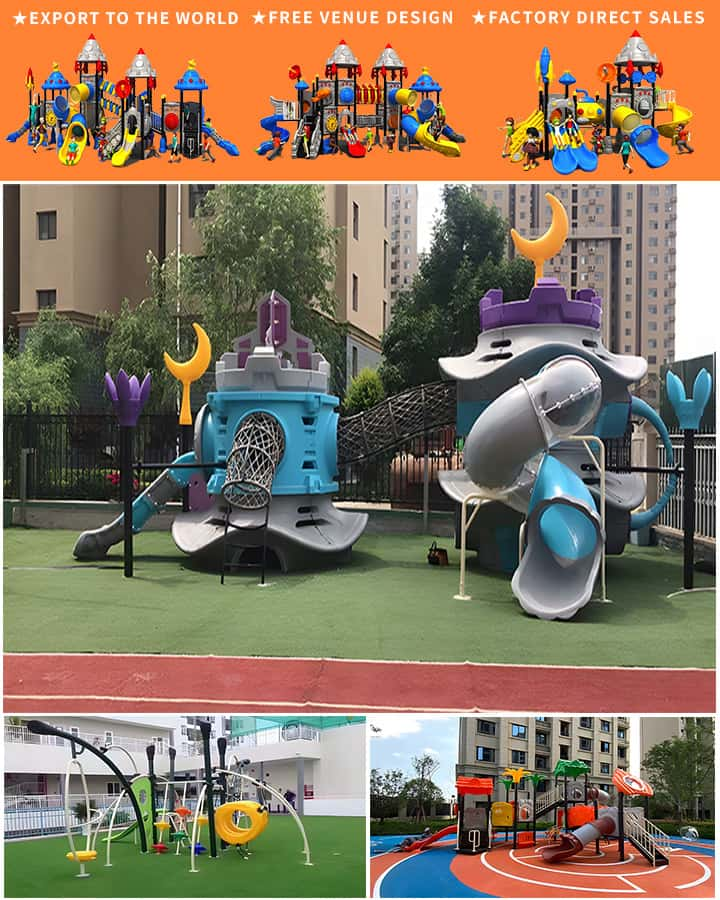Creating a safe and engaging play environment for children at home often involves investing in quality playground equipment. Whether you are building a swing set, installing a climbing wall, or setting up a slide, understanding the essential parts of residential playground equipment is crucial for ensuring safety and longevity. This guide covers some of the most important components you should consider.
Swing Set Components
Frames and Supports: The frame is the backbone of any swing set, providing stability and strength. Look for frames made from durable materials like steel or pressure-treated wood. The supports include A-frames and straight leg structures, offering different levels of stability depending on your needs and space.
Swing Hangers: These are critical for attaching swings securely to the frame. Made from heavy-duty metal, swing hangers ensure that swings remain stable and can withstand various weather conditions without rusting or breaking.
Seats and Accessories: Swings come in various designs, including belt swings, bucket seats, and baby swings. High-quality seats are typically made from durable, weather-resistant plastic or molded rubber. Additionally, features like safety harnesses and soft hand grips enhance security and comfort.
Climbing Wall Parts

Climbing Wall Structure: The climbing wall structure should be robust and secure, typically built from high-strength steel or treated wood. It should be anchored firmly into the ground to prevent tipping and shifting.
Steps and Holds: Pre-drilled holes for steps and holds offer young climbers secure foot and hand placements while ascending. Choose non-slip surfaces for added safety.
Safety Netting: Safety netting around the climbing area provides an extra layer of security, preventing falls and giving parents peace of mind as their children explore and develop their climbing skills.
Slide Components
Slide Frame: Similar to swing sets, the slide frame must be sturdy to support the weight and stress of sliding. Options include single-piece molded plastic or metal framework.
Slide Surface: The surface of the slide should be smooth but not slippery to prevent accidents. Many modern slides feature corrugated surfaces that provide just the right amount of friction for safe descent.
Support Bars: Side rails or bars offer additional stability and safety for younger children who might need more support while sliding.
General Safety Features
Ground Anchor Kits: Securely anchoring all playground equipment to the ground is vital for safety. Ground anchor kits help prevent tipping and ensure the structure remains stable during use.
Soft Landscaping: Ensure the ground beneath and surrounding the playground is covered with soft materials such as wood chips, mulch, or rubber mats to cushion potential falls.
Regular Maintenance: Periodically inspect all parts for wear and tear, checking bolts, screws, and fasteners to make sure everything remains tight and in good condition. Replace any damaged components immediately to maintain safety standards.
Conclusion
Building a residential playground requires careful consideration of its components to ensure it is both fun and safe for children. By focusing on the essential parts like frames, supports, swings, slides, climbing walls, and safety features, you can create a backyard oasis where kids can enjoy hours of active play. Remember to conduct regular maintenance and inspections to keep the playground equipment in top condition, ensuring years of joyful outdoor adventures.




